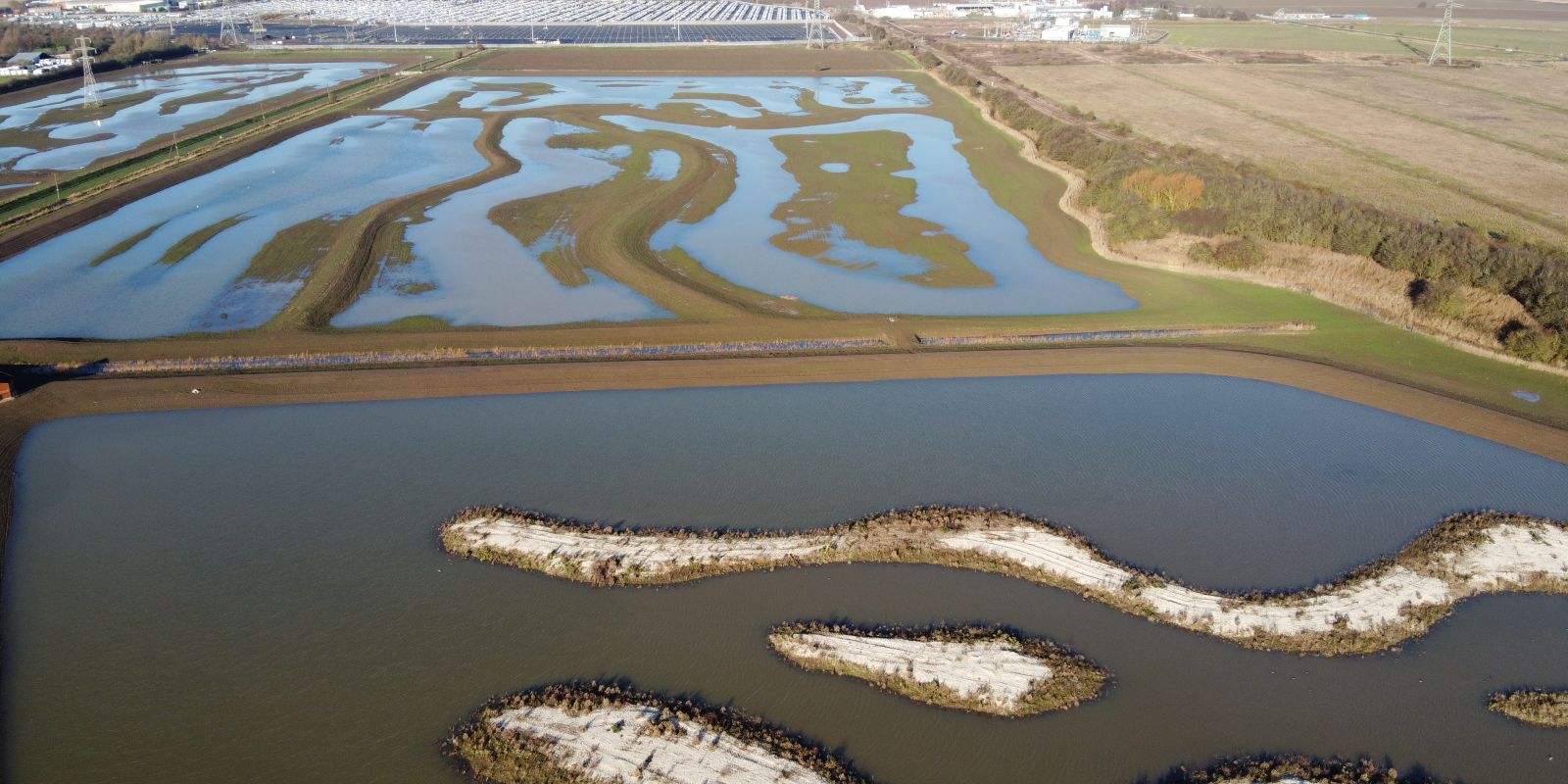A unique project that enables wildlife and industry to thrive side by side as part of a multi-million-pound South Humber bank growth scheme has been shortlisted for a national planning award.
The South Humber Gateway Mitigation Strategy, one arm of the £42m industrial transformational SHIIP project, has made the final six in the Excellence in Planning for the Natural Environment category of the RTPI Awards for Planning Excellence.
The most prestigious event within the nation’s planning sector, the London awards ceremony in April celebrates the very best examples of planning and structure in society.
The SHIIP project benefits from £2 million of funding from the Greater Lincolnshire LEP via the Government's Growth Deal.
For the team at North East Lincolnshire Council and its regeneration partners at ENGIE the shortlisting recognises the significant challenges that were overcome along with working together with specialist bodies to create a unique platform for the protection of important wildlife, as the SHIIP project expands.
In his entry submission, Spatial Planning Manager for North East Lincolnshire Ian King says the mitigation project is "a shining example of what can be achieved when a true balance of economic social and environmental objectives is pursued.£
As part of the ground-breaking project planners have been working with Natural England, the Lincolnshire Wildlife Trust, the RSPB, the Humber Nature Partnership, the Environment Agency and land owners/developers to create areas of wet and grass lands along the South Humber bank, which is a protected area thanks to its importance for feeding and wintering birds.
Cress Marsh has been set aside and deliberately developed as mitigation ground that can offset industrial development or business expansion – speeding up the planning process for developers.
The Cress Marsh mitigation site was completed last year and contains a bird hide next to a large central lagoon, which feeds seven more water-filled cells via pipework infrastructure.
By invitation local twitchers use the bird hide to log the breeds visiting the new site, and recent figures show ten varieties that are in The British Trust for Ornithology’s (BTO) red or critical list. These include grey wagtail, herring gull, lapwing, skylark, linnet, ringed plover, ruff, yellow wagtail and yellowhammer.
Ian added: “The key was to bring together divergent groups to develop an approach that provided benefits for landowners and developers but also provided optimum benefits for the environmental bodies - effectively a win-win.”
Cress Marsh and the overall SHIIP programme are set to transform North East Lincolnshire’s industrial fortunes. Taking shape along the South Humber bank, the project is being supported by the European Regional Development Fund (ERDF), the Humber LEP, the Greater Lincolnshire LEP and North East Lincolnshire Council, under the management of council regeneration partner ENGIE.
The whole project comprises Cress Marsh, the creation of a new link road between the ports of Grimsby and Immingham and the new Stallingborough Business Park.
Council regeneration head Councillor John Fenty said of Cress Marsh’s awards shortlist: “This is proof indeed of the innovative approach our teams are taking to support businesses to either develop or expand here. In turn we are recognising the need to look at and protect the natural environment. We have a great team here and this shortlist is well deserved.”


